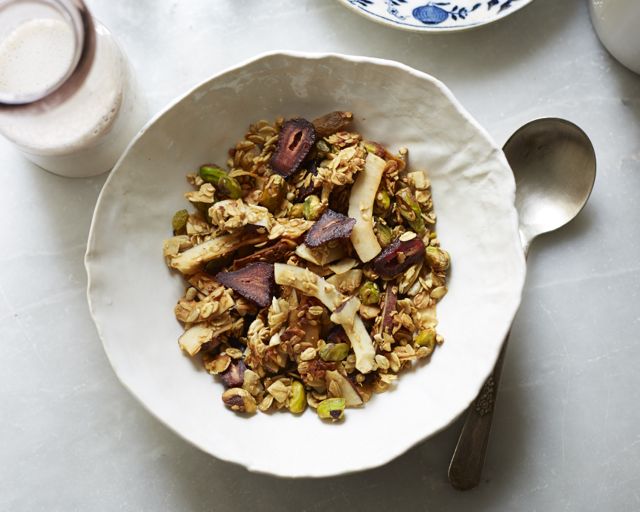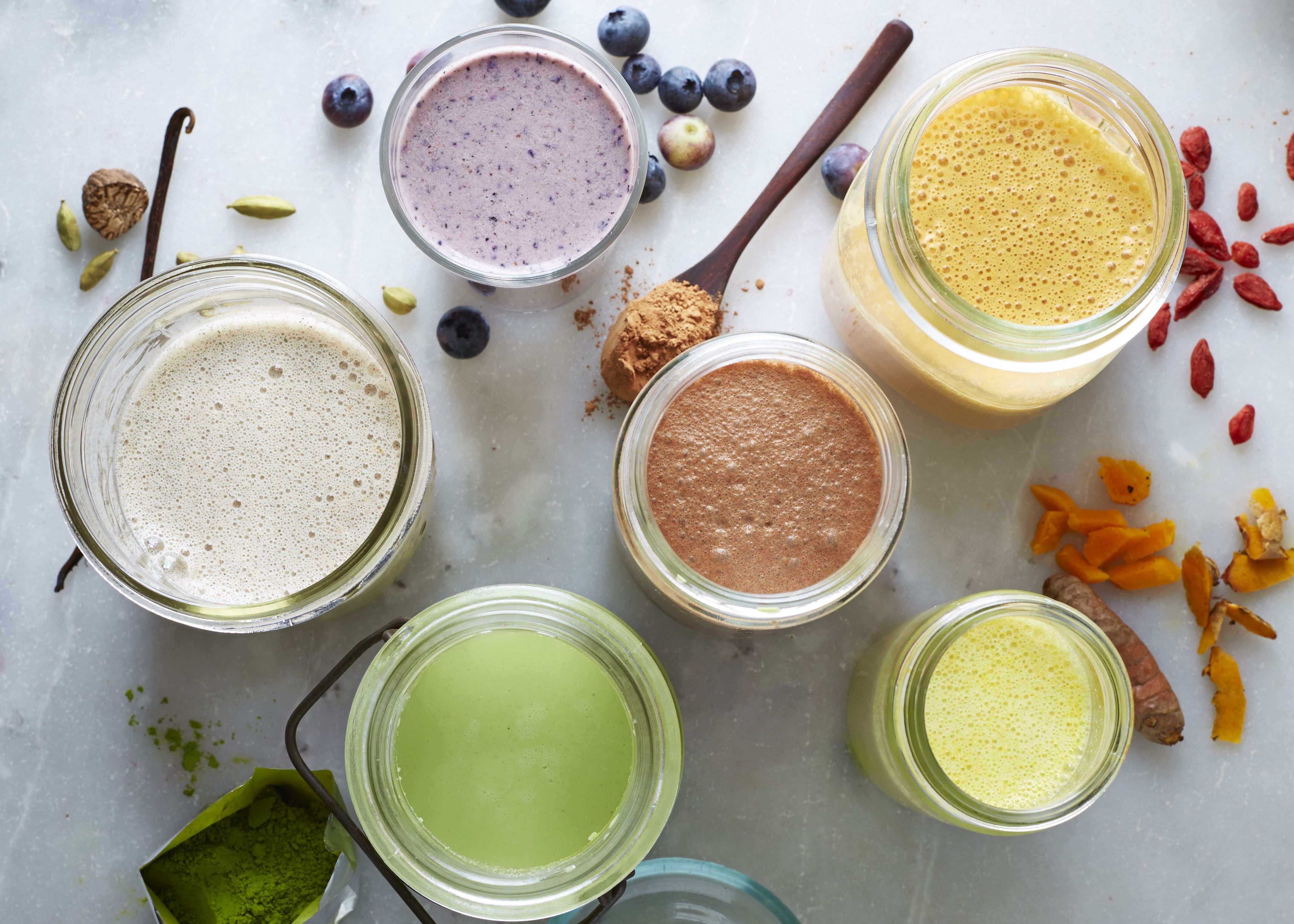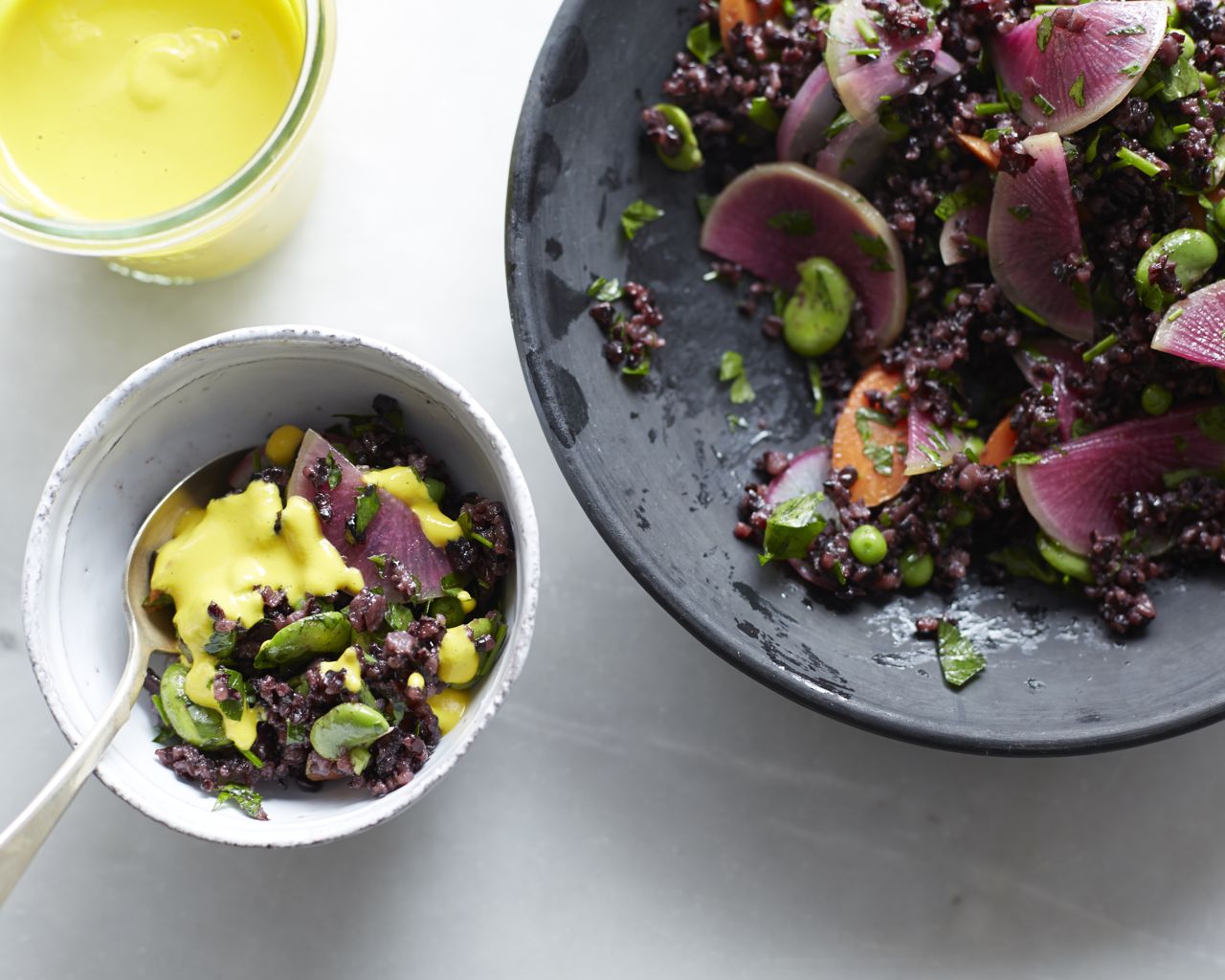Winter miso soup with ginger and kale
POSTED ON December 28, 2011
After cooking and eating all the rich and festive foods of the holidays, I love to make a pot of simple miso soup. Not only is it super easy to make, health promoting and delicious, but it can be adapted to any season and made year round. In fact, you could make it today if you have stocked your cupboards using my Pantry Essentials list!
Unpasteurized miso is full of live active enzymes making it beneficial for maintaining overall health and vitality. Miso is excellent for stimulating a sluggish digestion and helps alkalize your blood after too much sugar, meat and alcohol. Miso is also rich in amino acids and protein and is said to help reduce the risk of cancer.
In the colder months it’s helpful to use darker types of miso, as they are aged longer and create warmth in the body. I like the flavor of brown rice or barley miso combined with a lighter, sweeter tasting miso like mellow white or chickpea miso. All kinds are delicious; just make sure you purchase naturally fermented, unpasteurized and organic miso.
It’s also very important not to boil miso soup, as you will kill the health promoting live enzymes.
Winter miso soup with ginger and kale
The flavor and strength of your miso soup will depend on what type of miso you use. I find the South River Miso a lot less strong than the Miso Master brand. In this recipe I suggest that you start with less dark miso to begin with and keep adding until you have the strength you like. Keep in mind that the soup shouldn’t taste too strong or leave you thirsty.
10 cups filtered water
4 inch piece kombu seaweed
3 dried shitake mushrooms
1 medium leek, cut in half and sliced on the diagonal
1 medium, carrot, cut in half and sliced on the diagonal
4 inch piece daikon, peeled and cut into ½ moons
5 kale leaves, thinly sliced
3 inch piece fresh ginger, finely grated
3 to 5 tablespoons dark miso, either brown rice or barley miso
3 tablespoons mellow or white miso
4 scallions, finely sliced
Combine water, kombu and shitake mushrooms in a medium sized pot and place over high heat. Bring to a boil, lower heat, cover and simmer for 45 minutes or until shitakes are tender and hydrated. Remove shitakes from pot; cut off and compost stems. Finely slice shitake caps and return to pot. Add leek, carrot and daikon, raise heat and bring the broth back to a boil; lower heat and simmer for 4 to 5 minutes or until vegetables are tender.
Stir in kale and simmer for 2 minutes. Squeeze grated ginger in your hand over the pot to extract juice, compost the pulp.
Remove about a cup of broth from pot and pour into a small bowl. Add both misos (starting with less dark miso) and stir to dissolve. Pour back into soup and stir well. Once soup has returned to a simmer (do not boil) remove from heat. Taste and add more miso if needed. Divide scallions into 4 bowls and fill each bowl with soup.
Serves 6 people
POSTED IN Gluten free, Soup
never miss a recipe!









 tweet it
tweet it pin it
pin it









Whenever I’ve used grated ginger in any recipe I’ve always removed the skin first. It looks like you don’t do that. Have I been wasting my time?!? Do you leave the skin on?
I leave the skin on if I am just extracting the juice, like in the miso soup recipe.
Otherwise I remove it. You could also juice a piece of ginger if you have a juicer.
Thanks for the info. 🙂 While we’re on the topic of ginger, my mom had a great idea for storing it. She puts left over ginger in a glass jar and fills the jar to cover the ginger with white wine. The ginger stays fresh (no drying out), and infuses the wine with a gingery flavor- great for adding to dishes as you use the ginger. You likely already have a good storage method, but just thought I’d pass this one along.
thanks for the tip !
I made this soup tonight! It was so delicious!! Thank you Amy 🙂
Hi Amie
What a great soup idea. I also made it a little more Japanese as I added natto ( fermented soybeans ) that I mashed and added it to the broth as you do for the miso ( same thing not to boil after you put it in it as it is full of good nutrients … ) and it did flavored nicely. Loved it.
Thanks again or all those good recepies and tips !!
Pierre
I have some South River miso, but no shitake or kombu. Do the shitake and kombu make a big difference, is it worth making this soup without them?
I am just eating some steamed kale and cumin rice with South River Miso Tamari, it is so good, I love their tamari, have you tried it?
They create a stock called dashi that does add depth of flavor and minerals and nutrients.
But as with any soup you can make it without a stock. I do like the miso tamari sounds good with the cumin rice!
Can anyone tell me how long miso lasts in the refrigerator? I bought brown rice miso three weeks ago…still haven’t made the soup but I opened it when I bought it…is it still good?
Great food and recipes with photos.
amy! it’s carly – i was at b and s’s house in hudson with you for nye 🙂
I am making this soup right now. can i leave the kombu in and eat it?
so nice meeting you!!!
Hi Carly,
Was great to meet you! So happy you found the blog and are cooking from it already! Yes you can leave out the kombu…hope you did and made it tonight.
Hope to see you back here soon!
Amy x
hey amy! I was actually asking if I could leave it IN and eat it? I have it in the soup, just wasn’t sure if I could eat the kombu. thanks!!!
Hi Carly,
🙂 Sorry I got your question mixed up with another comment….Yes you can eat the kombu.
Hope you make it again!
Amy x
Hello – can this be made and then frozen to be reheated (if I made it in batches), or does it need to be eaten right away?
Thanks!
Yes this is best made and eaten right away. Or make it without the miso and store in the base in the fridge nd dd miso when you warm to eat.
Hope this helps!
Amy x